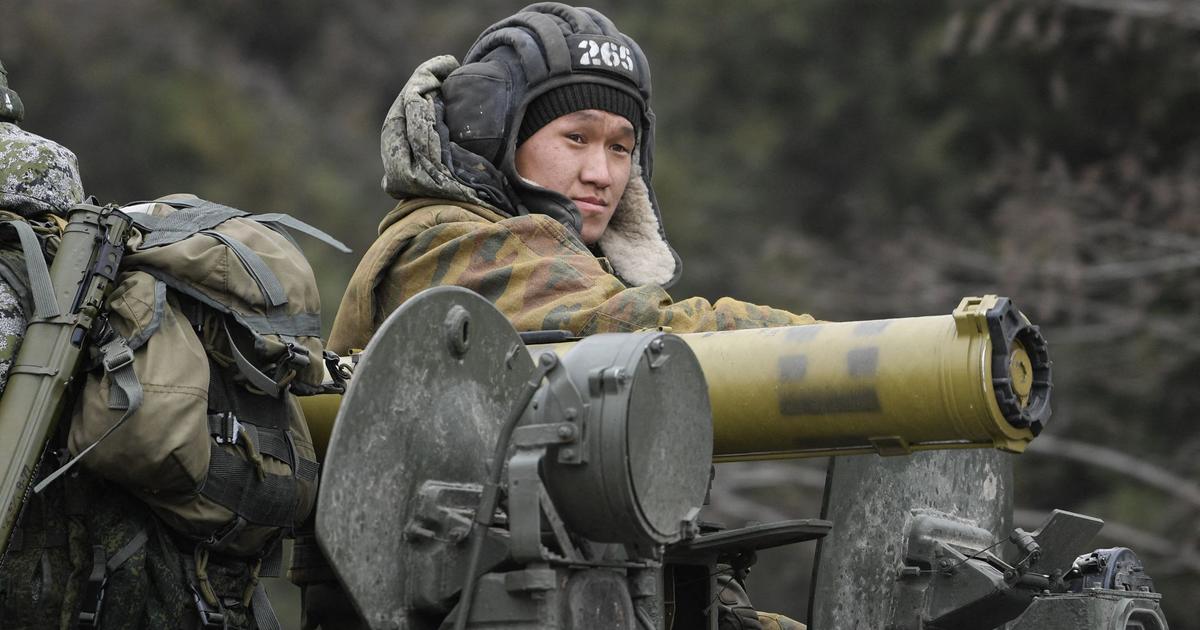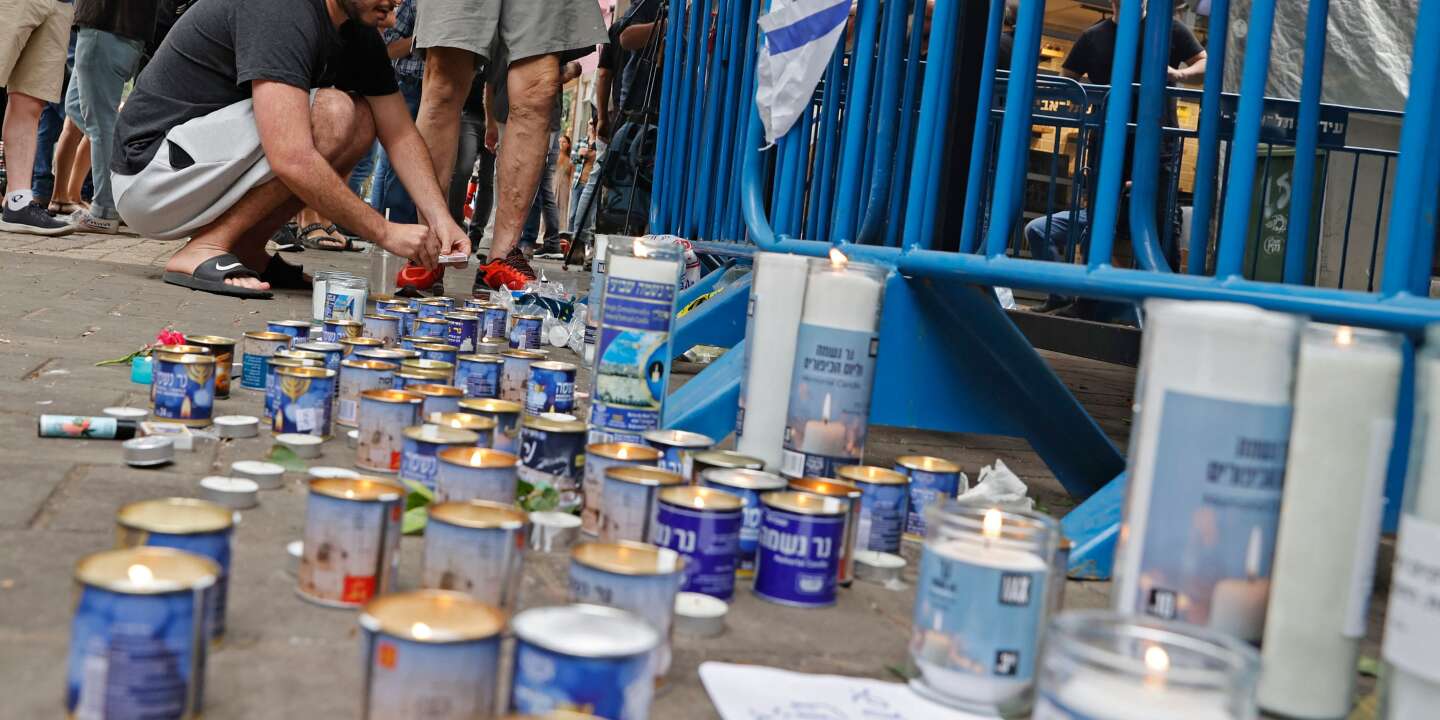
The Russian government is paying lip service to the high death toll in its ranks. A change of tone that undoubtedly aims to prepare Russian opinion for an even heavier toll.
Correspondent in Moscow
The question is extremely sensitive. Since the beginning of their “special military operation” in Ukraine, the Russian authorities were very silent about the human and material losses suffered by the army. The same on the Ukrainian side, moreover, each of the protagonists is more talkative about the blows allegedly inflicted on the opponent. But the superiority on paper of the russian army, whether men or armaments, especially armored ones, immediately shone the spotlight on its difficulties. The Kremlin now admits that these are significant† “We have suffered significant military losses”Dmitry Peskov, the spokesman for the Russian presidency, said during an interview Thursday evening with British channel Sky News. “It is a huge tragedy for us”added Mr Peskov, who gave no figures.
In six weeks of conflict, only two official assessments have been made. The first, on March 3, officially announced that 498 soldiers had been killed and 1,597 injured. The second, on March 29, reported 1,351 dead and 3,825 wounded in the ranks of the Russian army. Western sources, for their part, estimate that Russian losses are much greater, ranging from 7,000 to 15,000 men. Military historian Michel Goya told AFP this week that Russia looked “to have lost the equivalent of about thirty combined combat groups for weapons” (GTI)) out of 120 committed and a maximum potential of about 140”† These reinforced battalions, of about nine hundred soldiers each, are composed of a core of motorized infantry supported by armor and artillery.
Read alsoWar in Ukraine: six concepts from military theorist Carl von Clausewitz to illuminate the conflict
Gradually this “operation” whose real name the Russians should keep quiet is beginning to become a reality in the country. Bodies are repatriated, returned to families and religious ceremonies are organised. Information about deceased soldiers sometimes appears in the media or on the websites of Russian regional governments. Fragmentary data, in which some regions are less “opaque” than others, nevertheless allow to confirm the “profile” of the soldiers involved in Ukraine – and more generally of the Russian army.
Social impact
The published figures show that: “the fallen soldiers are provincial, with an overrepresentation of poor regions (such as Buryatia, near Lake Baikal), but also regions with a high density of military units (this is also the case of Buryatia) and regions with a high birth rate (Dagestan) »notes Anna Colin Lebedev, specialist in post-Soviet societies at the University of Paris-Nanterre† “This social vulnerability of the soldiers and their peripheral origins (Ukraine is very far away) will help us understand what they were led to in the field”the university estimated on its Twitter account.
The impact of military losses could be felt over time. The 15,000 “zinc coffins” returned from Afghanistan—then over a ten-year period, from 1979 to 1989—had had strong social repercussions. The Russian army completes its redeployment of northern and central Ukraine to Donbass.
In this regard, the Kremlin indicated on Friday that the“operation” could end in a “near future”, without further details, the goal has been achieved, it is said. In eastern Ukraine, however, “mother of all battles” for “unite” the Donbas. In this regard, the official confession of “significant losses” undoubtedly intended to prepare Russian opinion for an even heavier toll.



